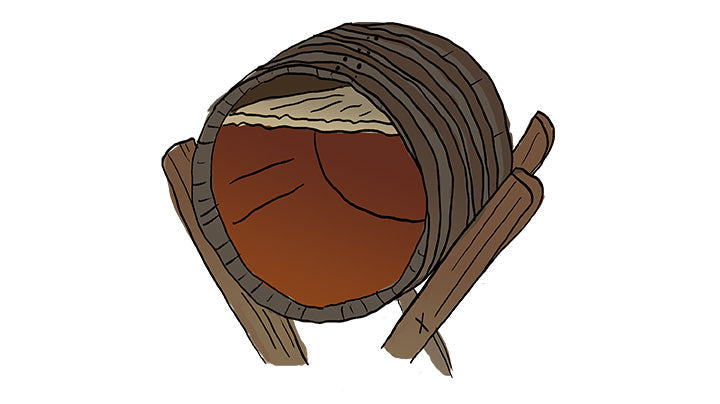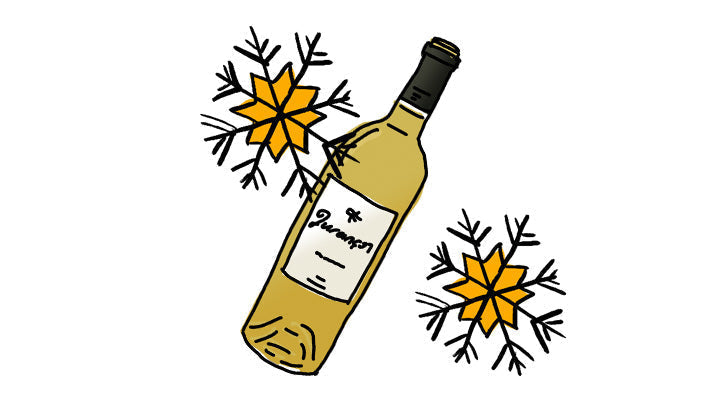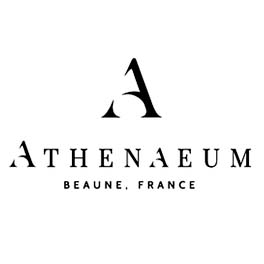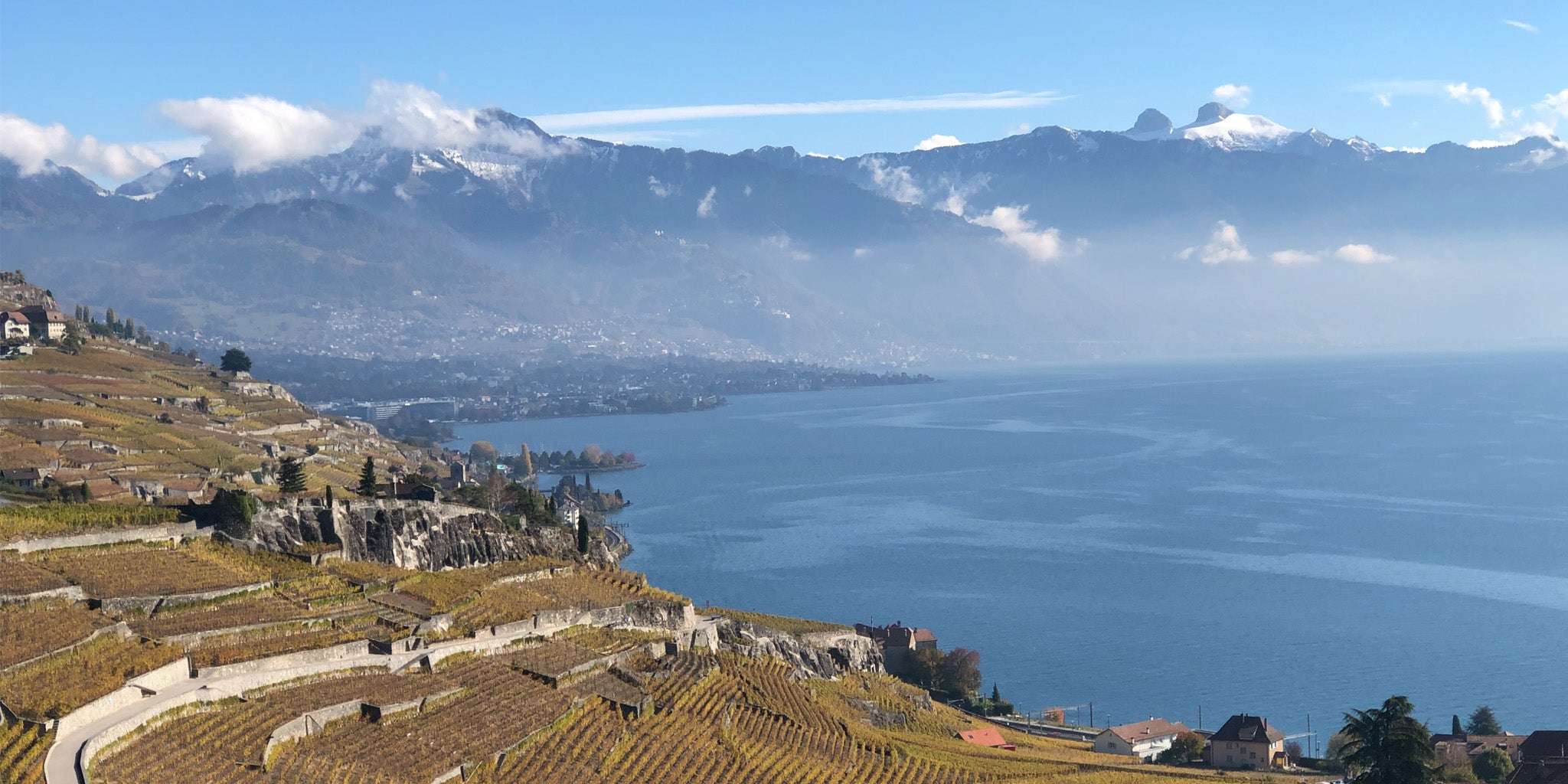Hyperoxidation is a counterintuitive technique used in white winemaking. Instead of minimising oxygen exposure, winemakers purposefully introduce oxygen to grape juice (must) before fermentation.
Why? This pre-fermentation oxidation removes phenolic compounds, natural compounds that can cause bitterness or browning in wine.
Here’s how it works: as oxygen is introduced to the must, phenolic compounds oxidise and settle out. Key to this process are enzymes called polyphenol oxidases (PPOs), which, in the presence of oxygen, react with phenolics.
Initially, hyperoxidised must might appear darker, but pre-fermentation clarification and yeast activity during fermentation help restore a light colour.
The result? A white wine that’s more stable, and requires less SO₂ over time.

However:
- Some winemakers avoid this technique with aromatic varieties, as they believe it could alter the wine’s aromatic profile.
- It is also avoided with botrytised wines, as they contain an enzyme called laccase, making control more difficult.
- Hyperoxidation isn’t used in red winemaking, as red wines rely on phenolics for structure and colour.














